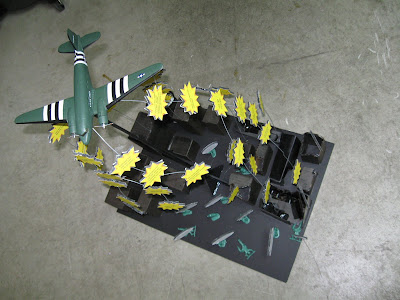
For mine and Marks 2nd project we created a model/map of information regarding homelessness and its effects on veterans. I liked the subject and wanted to continue on with what we had going on that original piece. As far as information went, I did not collect anymore. We had a healthy amount of it regarding the topic. The 2nd project was a little crazy, so I wanted to go back to what I am more familiar doing. I kept the same info and brought it into illustrator to create a mind map. I wanted the information to be clear and understandable, so I tried to create a hierarchy that flowed smoothly and well. To keep the same information together I grouped sections in opaque colors for easy navigation. I also wanted it to hit home more than just seeing information on a page so I incorporated an image of a homeless veteran, head down with the American flag draped in the background. I bring in a little more element of homelessness I tried to make it look as if the entire piece was mounted on a piece of thrown away cardboard.
What I feel works the best in my piece is the easy navigation, as well as the hierarchy of the alloted information that was collected from the second project. Hopefully it does to others, but I feel like the incorporated images and ideas also make it more real and makes you think more about the problems facing not only homeless veterans, but all homeless. What I feel doesn't work the greatest is perhaps that it may be too much of everything on one poster. It is easy to navigate but, there is also not much breathing room on the page, no white/open space. Luke and I talked about adding colors to it, I am really indifferent about it. I feel that they bring something to the table, but it would be just as effective without them. What we discussed was that hopefully the color would push the design that much further and perhaps add to the design.








